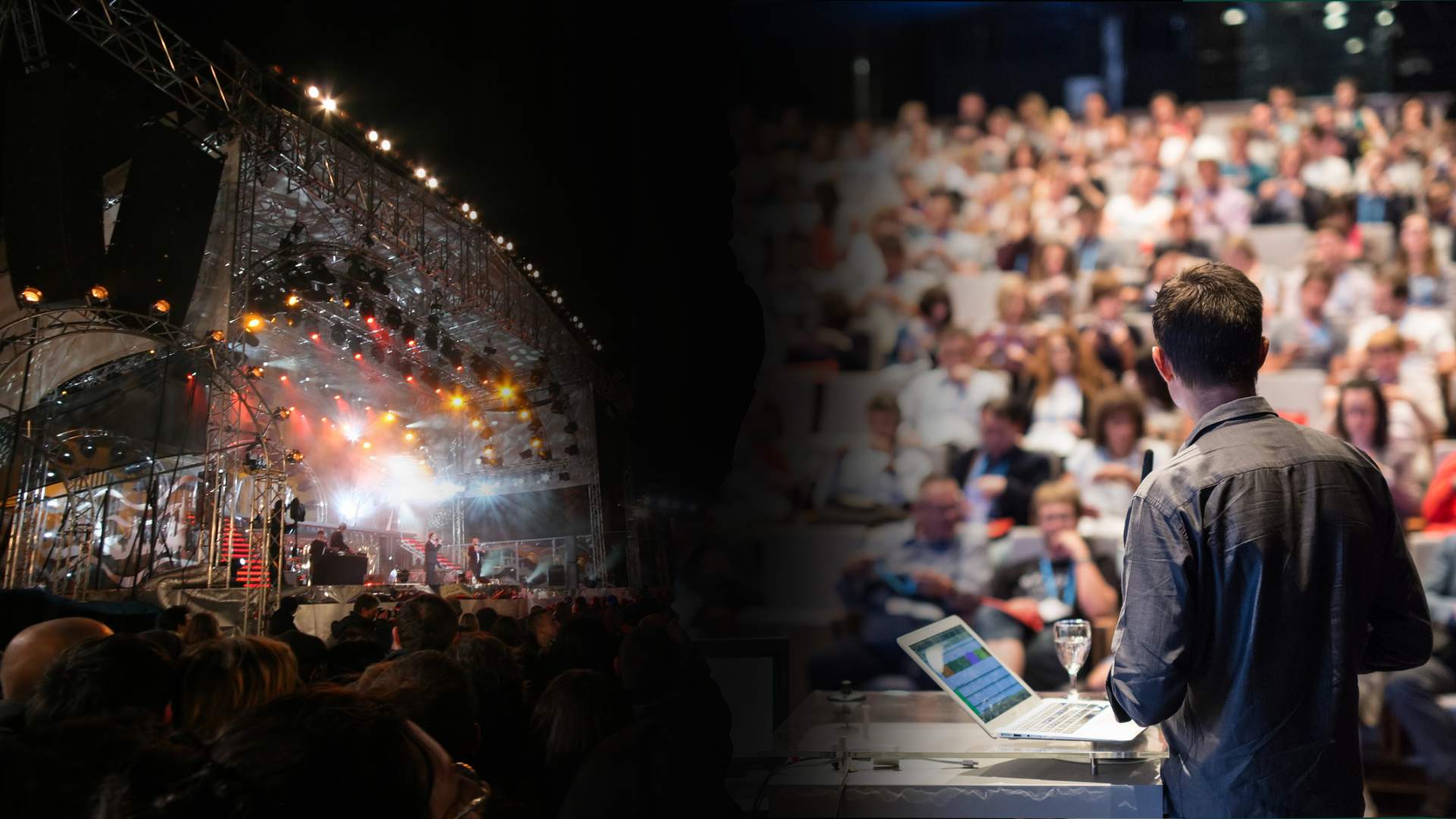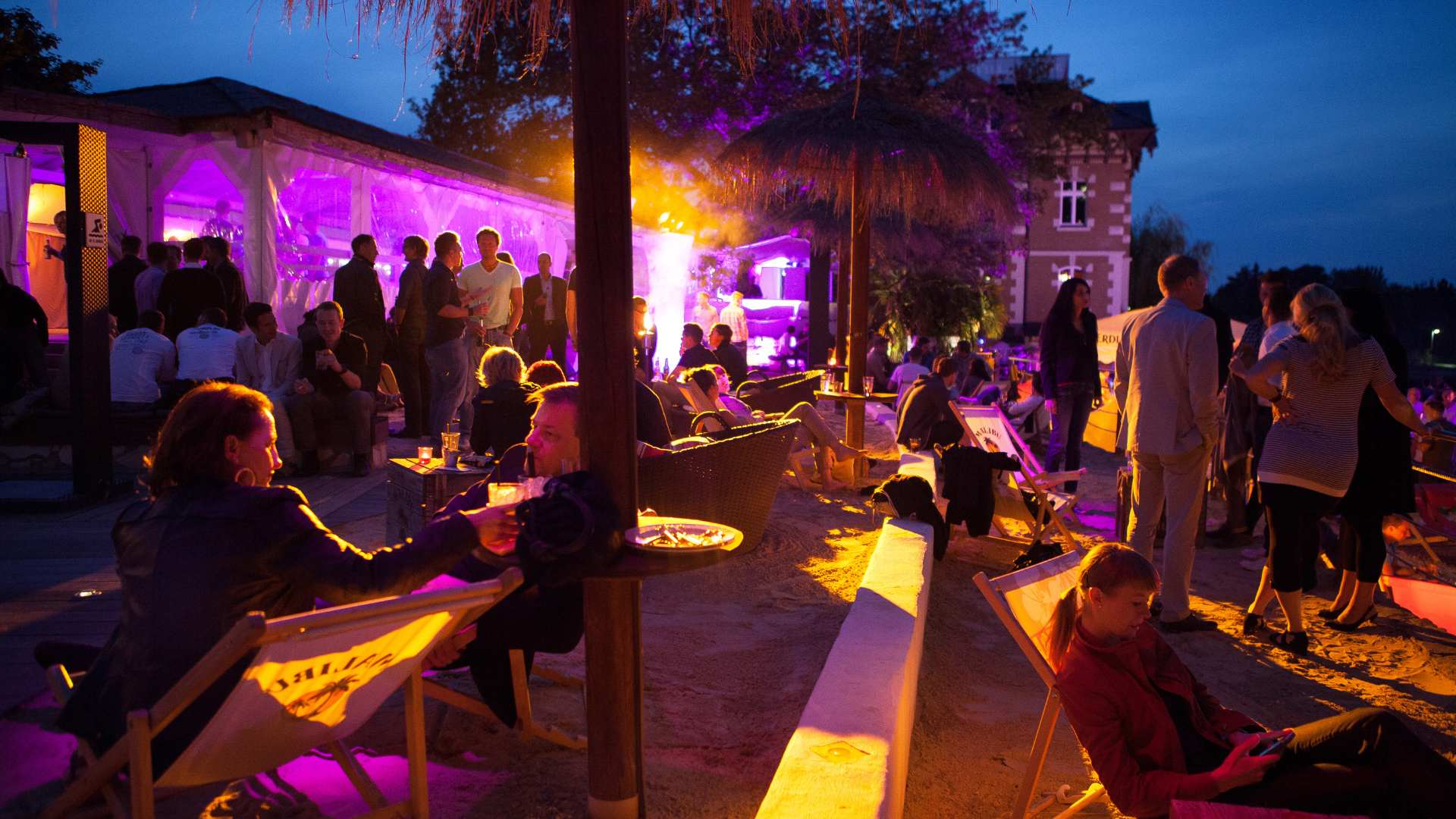Content
Measuring the Movement of People in Spaces Over Time: Unveiling the True Value of Data

Measuring human movement in spaces has become essential for businesses, event organisers, and urban planners in our increasingly interconnected world. Analysing how people interact with their surroundings can unlock valuable insights that drive decision-making and enhance experiences.
But how do you get the most value from the data?
As the saying goes, “Repetition is the mother of learning”. The actual value lies not merely in measuring a snapshot in time but in embracing continuous assessment, understanding the challenges of limited data, and adopting an evolving measurement strategy.
Measuring a moment in time can provide intriguing insights and figures, but it's crucial to recognise that understanding behaviour requires a more comprehensive approach. Taking action based on these initial measurements and then re-evaluating the results is where genuine value emerges. For example, if an event organiser measures foot traffic at a conference and identifies underutilised areas, they can optimise the space or adjust the event layout. By reassessing foot traffic after implementing changes, they can determine the effectiveness of their actions and make data-driven decisions for future events.
While gathering data from a single event or brand activation may seem practical, it can present limitations in decision-making. A sample size of 1 lacks the statistical significance needed to draw broader conclusions reliably. For instance, relying solely on the data from one live event to gauge attendee preferences may lead to misinformed assumptions. To overcome this challenge, businesses should aim for larger, diverse datasets over time to obtain a more precise and representative understanding of people's behaviour in various contexts.
In the pursuit of effective measurement, standardisation plays a vital role. Organisations can compare data across different periods, events, or locations by establishing consistent metrics and methodologies. However, an exclusive focus on static measurements can prove detrimental. A good measurement strategy should evolve to accommodate changing behaviours, technological advancements, and societal shifts. Relying solely on isolated snapshots of data risks rendering the measurement strategy outdated and out of touch with current realities.
Embracing continuous assessment and measurement ensures organisations stay agile and responsive to the ever-changing dynamics of human behaviour in spaces.
For more information about how spatial analytics can help you make data-driven decisions for your organisation, contact us at info@meshh.com.
Contact us
Ready to Transform Your Space
"*" indicates required fields


